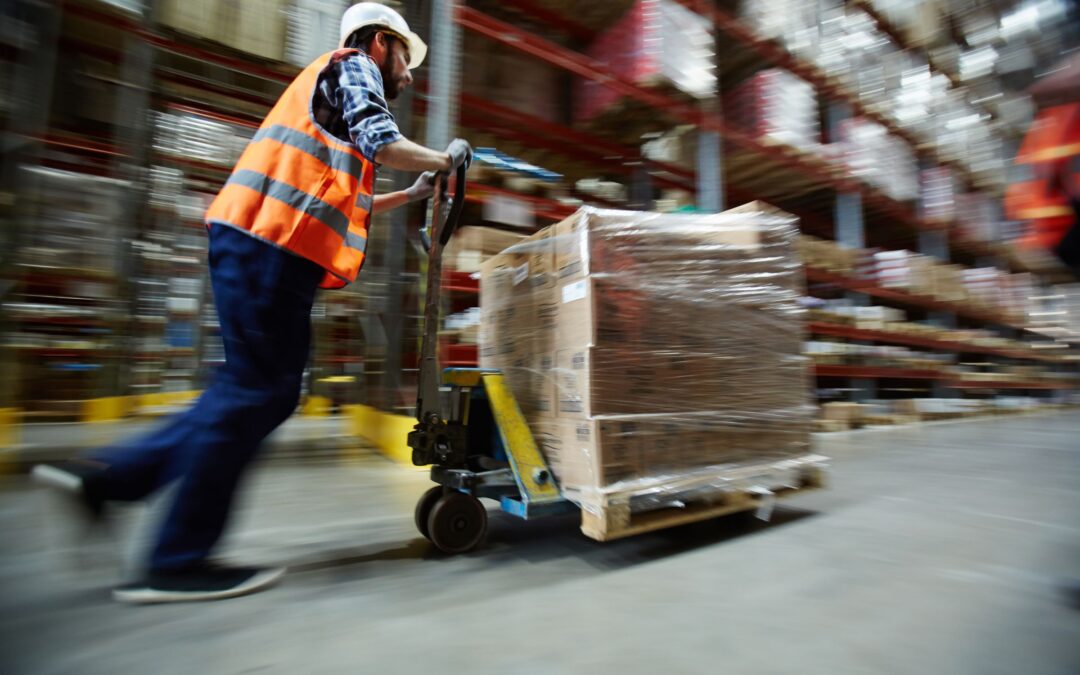Material handling is an essential component of the overall production process. Efficient material handling can increase productivity, minimize downtime, and improve workplace safety.
Safety is critical, as workers are frequently exposed to hazardous materials and machinery. Material handling activities can pose various risks to employees and property. Conducting risk assessments, implementing safety measures, and creating contingency plans for emergencies are strategies that can prevent accidents and minimize potential liabilities. Employees must be aware of possible hazards and know how to handle materials safely, including the use of equipment, correct lifting techniques, and the importance of wearing personal protective equipment to prevent accidents and injuries.
Handling and transporting materials involve various equipment and techniques, such as forklifts, conveyors, pallet jacks, cranes, and hoists. Workers must be trained in how to operate this equipment properly to ensure safe and efficient movement of materials. Proper lifting techniques are also crucial to prevent injuries such as strains and sprains. Employees should be reminded of proper lifting techniques, such as bending their knees and lifting with their legs rather than their backs.
Choosing the right equipment for material handling tasks ensures smooth operations. When selecting equipment, it’s essential to consider load capacity, maneuverability, and maintenance requirements.
Another critical aspect of material handling is sorting and processing materials, including inspections, sorting, cutting, blending, and assembling materials. Proper organization and labeling of materials can help streamline production processes and reduce errors. Sorting also includes separating different metals, plastics, and other materials based on their composition and value. For example, ferrous metals like steel and iron are typically separated from non-ferrous metals like aluminum and copper. Once materials are sorted, they are processed and prepared for sale.
Transporting materials from one location to another is often necessary. Whether materials are moved within a facility or between different locations, using the appropriate equipment and following safety protocols is essential to prevent accidents.
Employees must understand the proper material storage. This includes storing materials in designated areas, keeping walkways clear of obstructions, and adequately securing loads to prevent spills and accidents.
Emphasizing the importance of proper material handling practices can help employers improve productivity, reduce costs, and create a safe work environment for their employees.
As always, stay safe out there!


Recent Comments